The Independent's journalism is supported by our readers. When you purchase through links on our site, we may earn commission. Why trust us?
Samsung Galaxy ring vs Oura ring: Which one should you buy?
We pit the two smart rings against each other see if Samsung’s can knock Oura off its perch
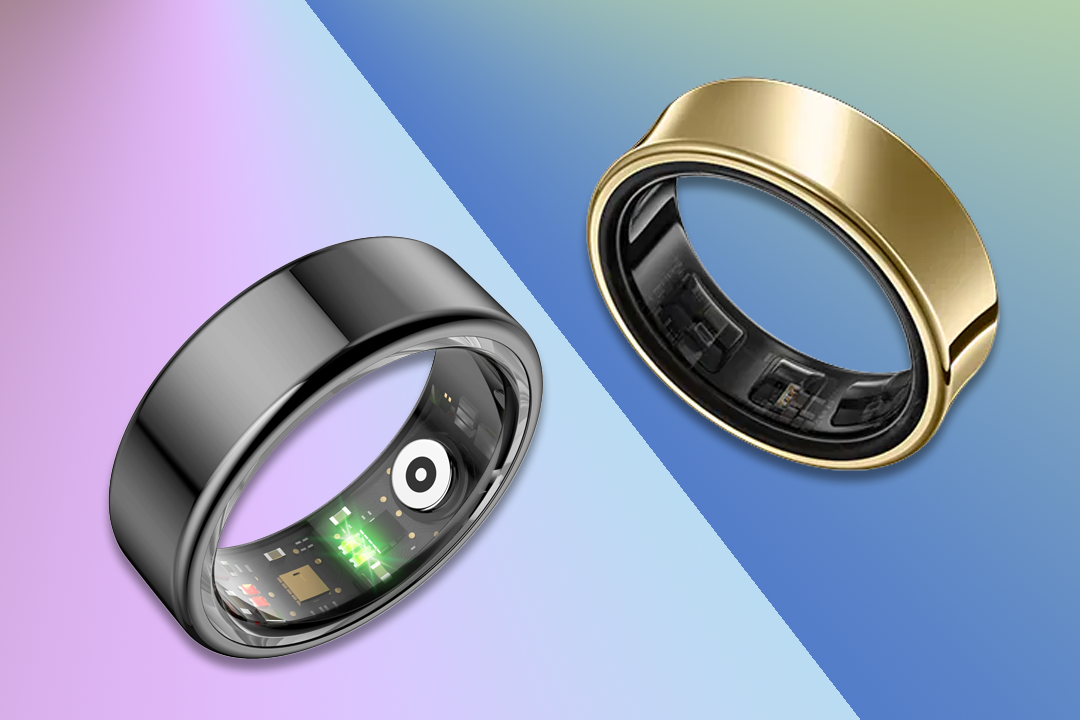
It’s almost been a year since Samsung launched its first smart ring – a sleek bit of kit designed to slot neatly into the Galaxy ecosystem. Launched in July, the Galaxy ring marked Samsung’s first real step into smart jewellery, going head-to-head with the long-standing celebrity-adored Oura ring.
Like Oura, it tracks sleep, heart rate, skin temperature, menstrual cycles and activity, crunching the numbers into a daily energy score through the Samsung Health app. But unlike Oura, there’s no monthly fee – everything’s included from the start.
Now that the Galaxy ring’s had time to bed in, we’ve had a proper chance to put it through its paces. After long-term testing with both rings, here’s how Samsung’s smart ring compares to the fourth-generation Oura ring.
How we tested
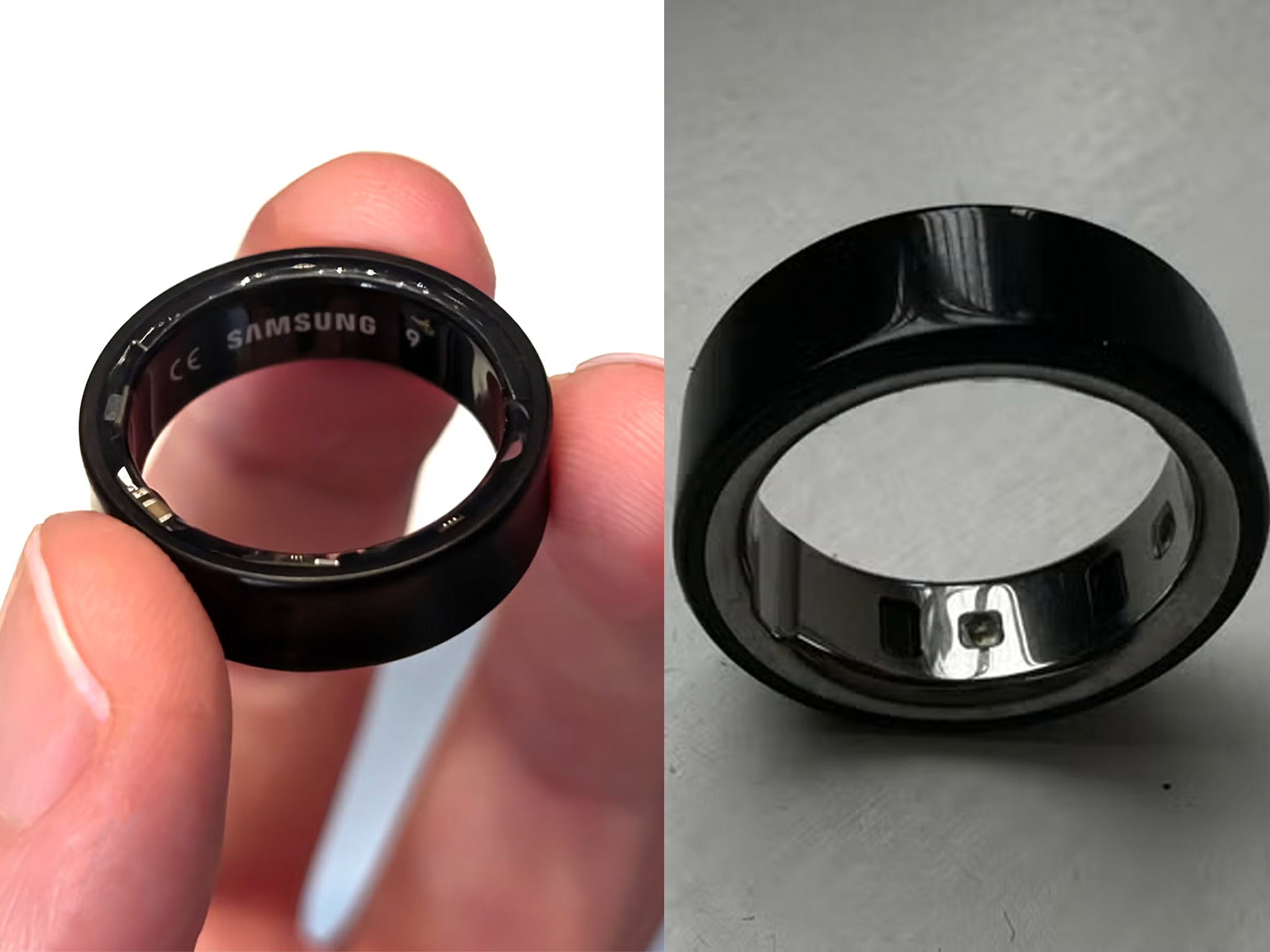
We wore both the Galaxy ring and the Oura ring gen 4 for several weeks, switching between them (and sometimes wearing one on each hand) to see how they compared on sleep, heart rate, recovery and workouts. We kept our Galaxy Watch on hand to cross-check some of the data and see how well each ring held up against the more established wearable.
Comfort was a big one – we paid close attention to how they felt overnight and during workouts, and whether the sensors dug in at all. We also tested how long the battery actually lasted, how annoying (or not) the charging setup was, and how smooth the app experience felt day to day. Basically, I lived with both rings to figure out which one made more sense to wear 24/7, and whether the features actually helped or just looked good on paper.
Why you can trust IndyBest reviews
Alex Lee is a senior tech critic at The Independent with nearly a decade of experience testing the latest technology and smart gadgets. Over the years, he’s reviewed hundreds of wearables, from smartwatches to fitness trackers, evaluating their performance in sleep and exercise tracking, assessing specifications and comfort, and speaking with the designers behind them.
Samsung Galaxy ring vs Oura ring: Price
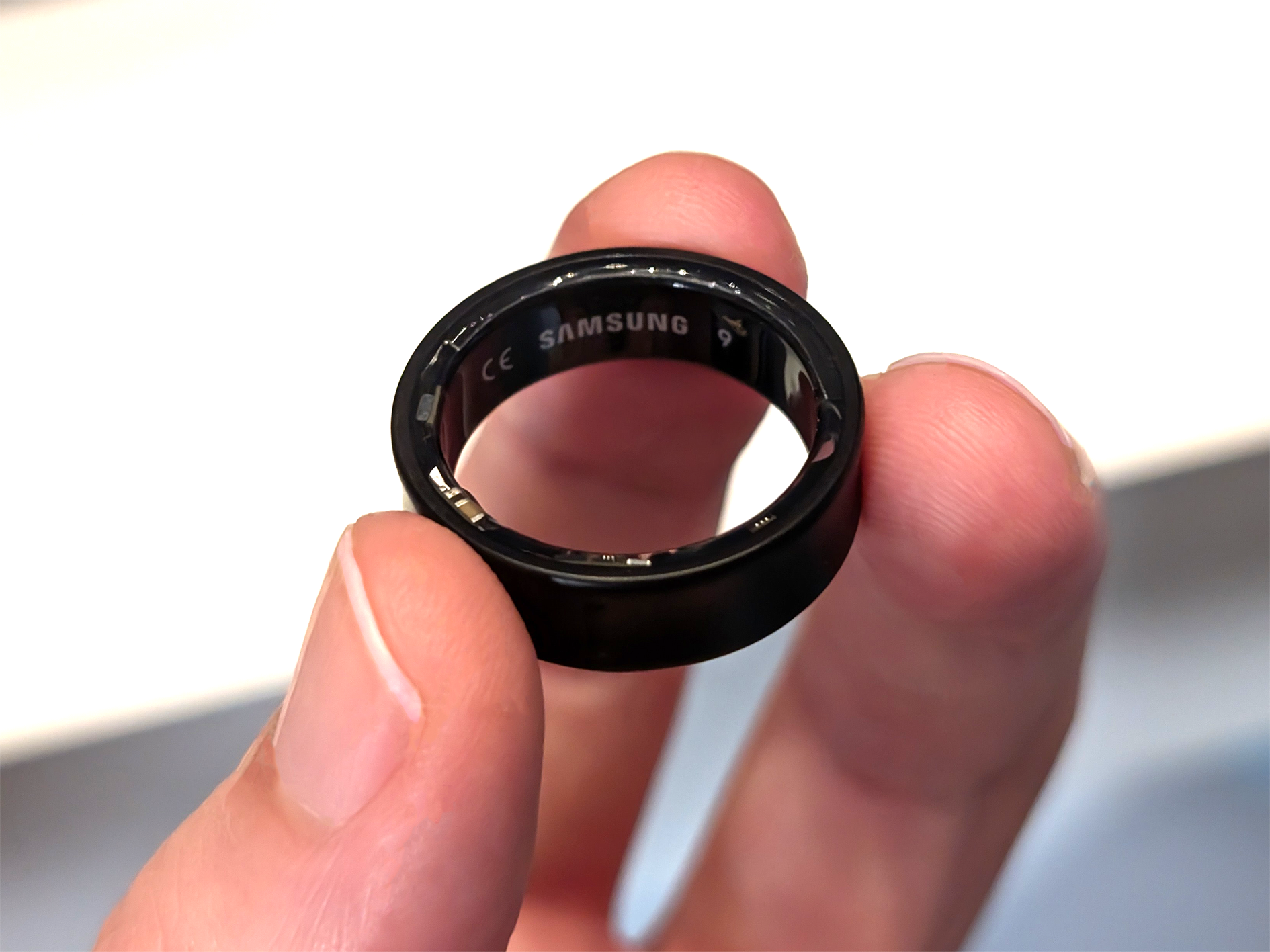
There’s just one single price for the Samsung Galaxy ring. You’ll pay £399 for the ring, no matter what size or colour you choose. That’s expensive – essentially £50 more than the base Oura ring gen 4
The Oura ring ranges in price depending on the finish. The entry-level gen 4 model costs £349 for the silver or black version, while premium finishes like brushed silver and stealth cost £399. Gold and rose gold push the price up even further to £499.
However, while you’ll pay more up-front for the Samsung Galaxy ring, all of its features are free to use. Oura charges a £5.99 monthly subscription for all the health and wellness insights. Without the monthly subscription, the wearable becomes a glorified dumb ring – you’ll only get your daily scores and that’s about it.
Not charging a subscription fee is pretty game-changing, as most of Oura’s competitors charge monthly for their features – and the kind of insight you get inside the Samsung Health app is just as detailed as what you’d get from the Oura app with a subscription.
Samsung Galaxy ring vs Oura ring: Design and comfort
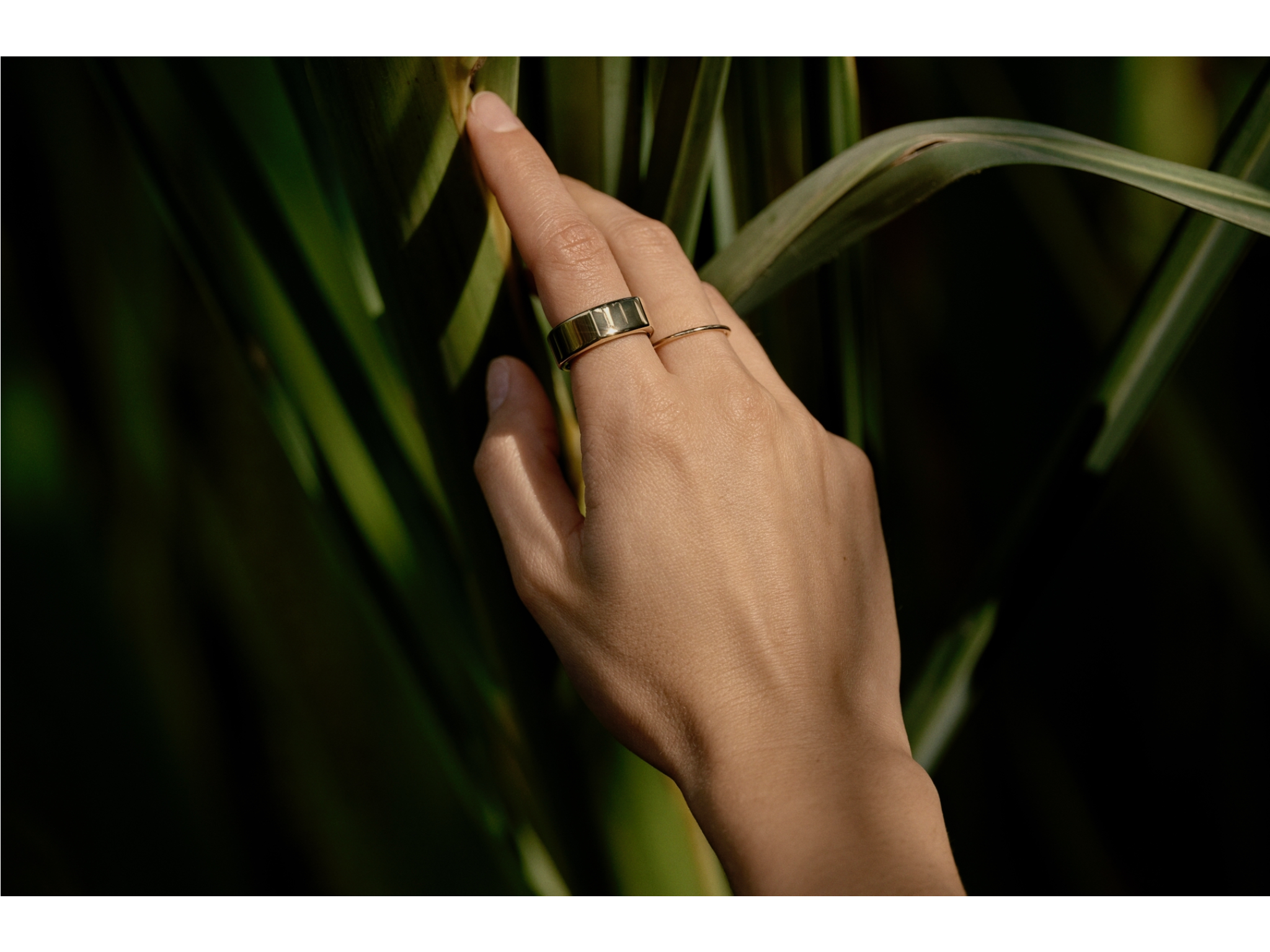
While smartphones are fairly easy to differentiate, it’s trickier with smart rings – they all tend to look more or less the same. Both the Galaxy ring and the Oura ring gen 4 are made from titanium and are slightly chunkier than a regular ring, but the Galaxy ring has the edge when it comes to size and weight.
Samsung’s Galaxy ring measures 2.6mm thick and 7mm wide, with a weight ranging from 2.3g to 3g depending on the size. The Oura ring gen 4 is a little larger at 7.9mm wide and around 2.88mm thick, and it weighs between 3.3g and 5.2g. On paper, and in daily wear, the Galaxy ring feels more compact and comfortable – especially if you’re wearing it 24/7.
In terms of sizing, Samsung offers nine sizes (US 5 to 13), while the Oura ring gen 4 has a wider range with twelve sizes (US 4 to 15). We were a size 8 on the Oura and somewhere between an 8 and 9 on the Galaxy ring, so they’re fairly close, though it’s worth using the brand’s sizing kit to get the right fit.
Read more: These Samsung Galaxy ring features surprised me
Now that we’ve worn both rings extensively, the Galaxy ring does have a slight comfort advantage due to its thinner and lighter design. That said, the Oura ring gen 4 is still comfortable enough to wear all day and night – you just feel it a bit more on your finger.
Oura does offer more choice when it comes to finishes. The gen 4 ring only comes in the rounded Horizon style now, but it’s available in six colours: silver, black, stealth, gold, rose gold and brushed titanium. The Galaxy ring keeps it simple with just three: silver, gold and black. Both are water-resistant up to 100m, so you can safely wear them in the shower or while swimming.
Charging is one area where the Galaxy ring pulls ahead, however. It comes with a wireless charging case that looks and feels a lot like a case for a pair of earbuds. It’s compact, easy to carry and able to hold multiple charges. The Oura ring gen 4, on the other hand, relies on a really finnicky wired charging dock that you’ll need to plug in every time, and it’s so, so easy to knock over. Battery life is similar on both rings – you’ll get roughly a week’s use on a single charge.
Samsung Galaxy ring vs Oura ring: Features
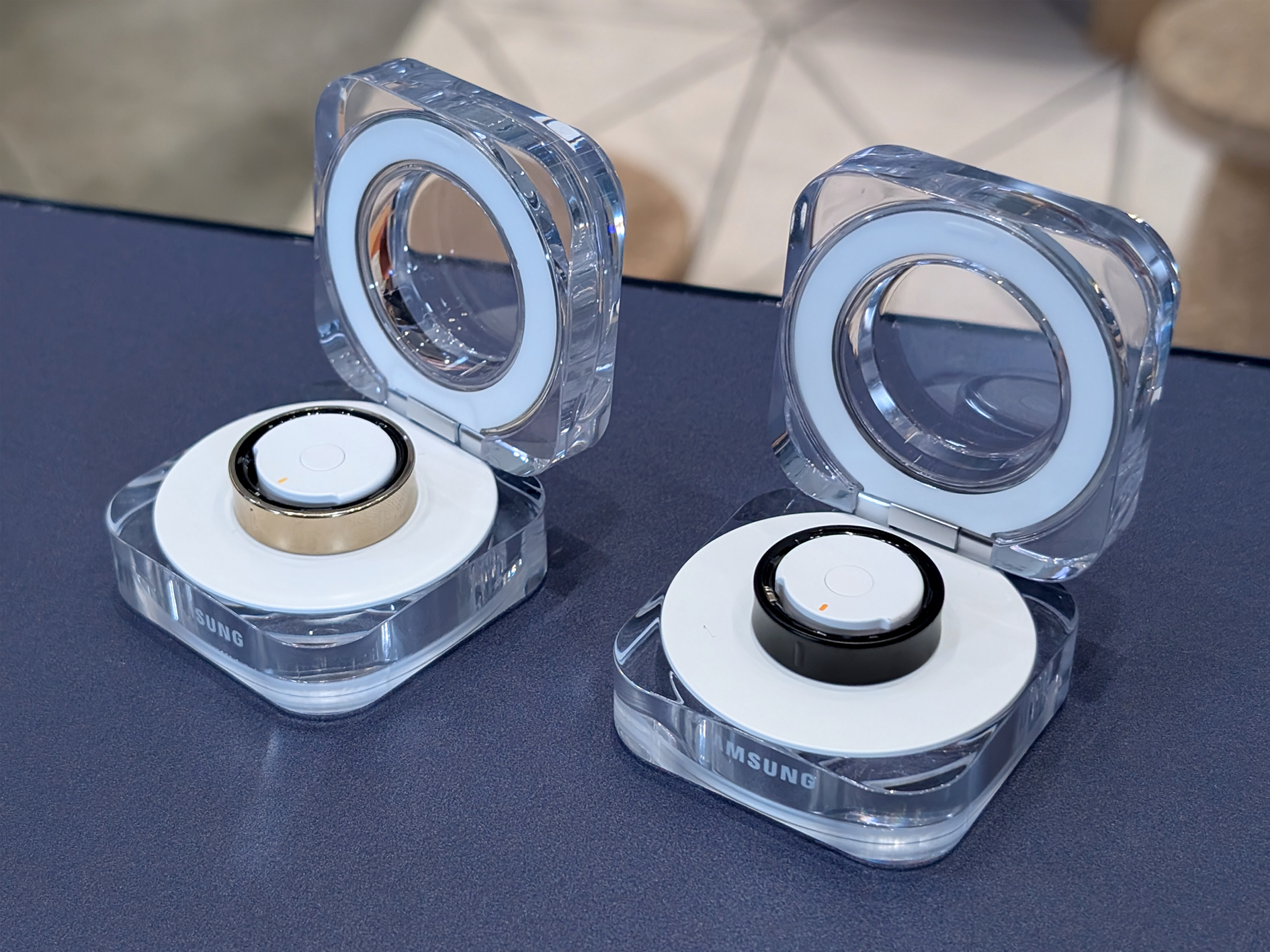
Firstly, the Galaxy ring only works with Android phones and works best with a Samsung Galaxy smartphone. If you’re using an iPhone, the Oura ring gen 4 is the better pick – Samsung’s smart ring won’t work with iOS at all. Feature-wise, the two rings are broadly similar, though don’t forget that Oura still charges a monthly subscription.
Both rings have the usual health sensors – an accelerometer, a PPG sensor for heart rate and blood oxygen, and a skin temperature sensor. The Oura ring gen 4 also has an updated infrared sensor array and a new smart sensing algorithm that constantly looks for the best signal pathway, even if the ring shifts position on your finger. This helps with accuracy and extends battery life slightly.
In terms of tracking, both rings can monitor your heart rate, sleep, temperature trends, activity and menstrual cycles. Samsung also provides fertility window insights, but Oura goes a bit further with features like pregnancy tracking, estimated ovulation dates, cardiovascular age and its chat-based AI Advisor.
You can ask it things like why you’re feeling off, and it’ll comb through your stats to suggest a possible cause and solution. Samsung’s version is a bit more passive – its Energy Score gives you a number between 0 and 100 to show how ready you are for the day, along with general health tips inside the Samsung Health app.
Read more: Apple’s Vision Pro is at the very cutting edge of what is possible
While activity tracking has improved a lot since launch. The Galaxy ring can now automatically detect walking and running, and you can manually log workouts like cycling, elliptical, rowing and more through the Samsung Health app, it’s still not quite on the same level as the Oura ring gen 4. The latter can automatically detect over 40 types of exercise, complete with heart-rate zones and intensity tracking. It also learns your routine over time and pre-fills workouts it thinks you’ve done – helpful if you forget to start one manually.
Samsung says the Galaxy ring is meant to work in tandem with a Galaxy Watch, and together they give you a more complete picture of your health. If you’re already in that ecosystem, the ring’s limited standalone tracking might not be an issue – but on its own, it’s still more of a passive wellness tracker than a full-on fitness device.
Oura’s been rolling out updates rapidly over the past year, adding features like stress tracking, metabolic health insights, meal timing and improved menstrual and pregnancy tracking. The redesigned app is much easier to navigate too, with tabs for daily stats, vitals and long-term trends.
Samsung’s Energy Score gives you a daily number from 0 to 100, reflecting your overall readiness, and there are some light health tips inside the Samsung Health app. It’s a good start, but it’s not as detailed or interactive as Oura’s AI-powered Advisor, which you can actually talk to. Ask it why you slept badly and it’ll dig into your stats to give a reason and some advice.
The Galaxy ring does have one trick that Oura’s missing, though – gesture support. You can double pinch your index finger and thumb to snooze an alarm or take a photo remotely. It’s a smart, tactile little feature that helps make Samsung’s ring feel a bit more connected to your day-to-day, even if it can’t yet match Oura’s depth on the health front.
The verdict: Samsung Galaxy ring vs Oura ring
It’s clear that Samsung has built a solid wellness tracker – especially if you’re already in the Galaxy ecosystem. The design is sleek, the charging case is genuinely useful and the gesture support adds a nice bit of functionality. Plus, the lack of a subscription fee makes it a more straightforward buy than the Oura ring gen 4.
That said, the Oura ring still leads when it comes to overall health insights and automatic activity detection. It works with both Android and iOS, has a broader set of features – including cardiovascular age, an AI Advisor and smarter workout tracking – and its app continues to improve with regular updates. The main downside is that you’ll need to pay monthly to unlock everything.
If you’re an iPhone user, it’s an easy decision – the Galaxy ring isn’t even compatible. But if you’re using a Samsung phone or Android device, the Galaxy ring is a nice alternative. It’s not as feature-rich as the Oura ring gen 4, but for many people, the one-time price, seamless integration and thoughtful design will be more than enough.
Get the full picture with our round-up of the best smart rings on the market